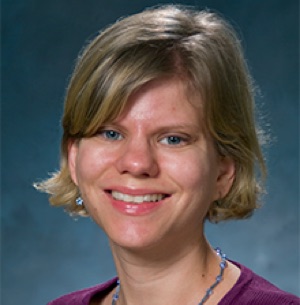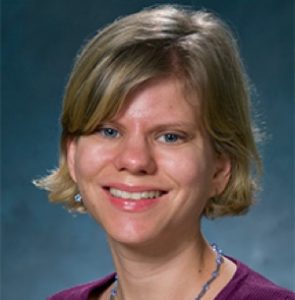In this video from the Stanford HPC Conference, Katie Lewis from Lawrence Livermore National Laboratory presents: The Incorporation of Machine Learning into Scientific Simulations at Lawrence Livermore National Laboratory.
Scientific simulations have driven computing at Lawrence Livermore National Laboratory (LLNL) for decades. During that time, we have seen significant changes in hardware, tools, and algorithms. Today, data science, including machine learning, is one of the fastest growing areas of computing, and LLNL is investing in hardware, applications, and algorithms in this space. While the use of simulations to focus and understand experiments is well accepted in our community, machine learning brings new challenges that need to be addressed. I will explore applications for machine learning in scientific simulations that are showing promising results and further investigation that is needed to better understand its usefulness.”
Katie Lewis is ASQ Division Leader at Lawrence Livermore National Laboratory. She received her B.S. in Mathematics, with a minor in Computer Science, from the University of San Francisco in 1998. She began her career at Lawrence Livermore National Laboratory (LLNL), in June of 1998 in the field of massively parallel mesh generation. Katie has held several technical and leadership positions at LLNL. She became the Division Leader for the Applications, Simulations, and Quality (ASQ) Division, which includes about 160 Computer Scientists at LLNL, in February of 2016. Additionally, Katie co- leads efforts to incorporate Machine Learning techniques into






Is it really possible to use piecewise linear operators to predict nonlinear phenomena, evolved over time? Resources devoted to this area are necessarily not being applied on competing priorities.